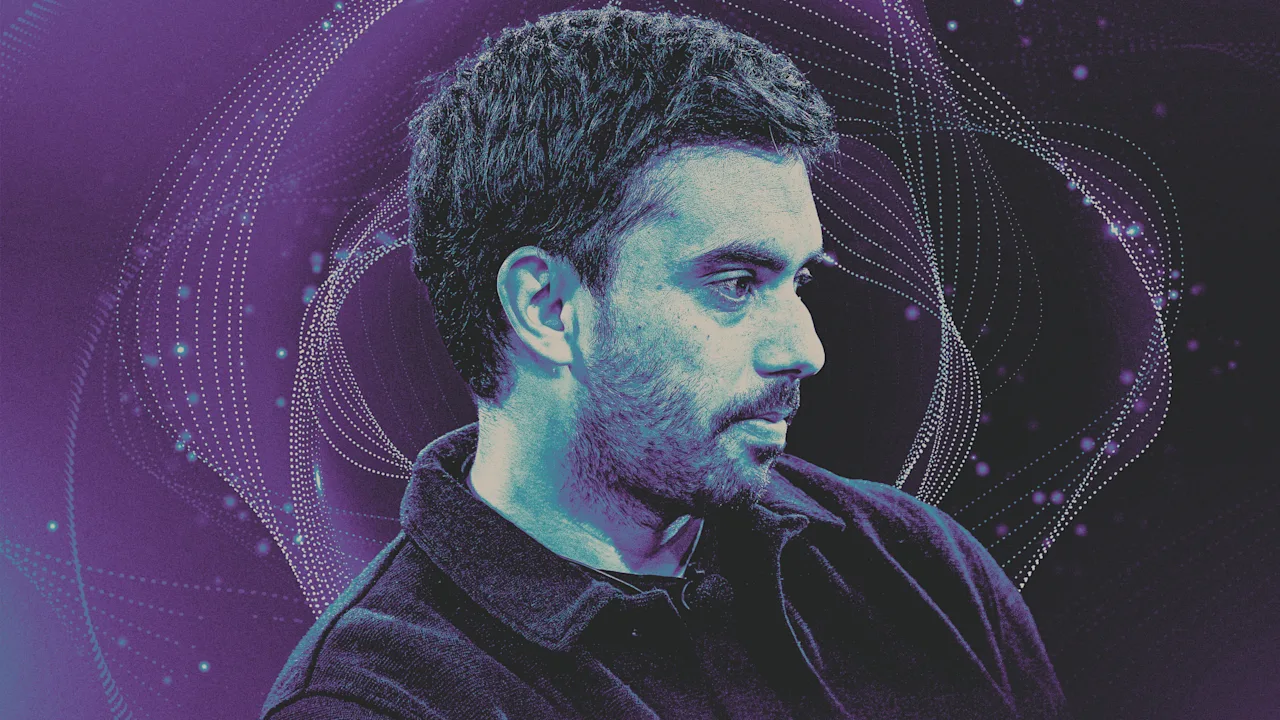Runway’s revolutionary AI tools are transforming the filmmaking landscape, enabling faster postproduction and cutting costs for leading studios. With its innovative capabilities—like turning day into night—Runway exemplifies how technology supports rather than eclipses human creativity.
Runway’s AI can edit reality. Hollywood is paying attention

Key Takeaways:
- Runway’s AI can modify existing video scenes in near-real time.
- Human expertise remains vital for achieving top-quality results.
- Major studios, including Disney and Netflix, are using Runway to streamline production.
- AI influences both preproduction (storyboarding, art direction) and postproduction (visual effects).
- The future of filmmaking involves AI as a powerful collaborator rather than a full replacement for creative talent.
Introduction
Artificial intelligence is no novelty in the tech world, yet its role in Hollywood is increasingly pivotal. With the introduction of Runway’s latest AI video editing tools, filmmakers are seeing just how far these capabilities can go. Runway’s cofounder and CEO, Cristóbal Valenzuela, has highlighted how AI is redefining the creative process, offering studios the power to save time and money while experimenting with new cinematic possibilities.
How AI Modifies Reality
One of Runway’s breakthroughs is its ability to edit reality itself—quite literally. According to Valenzuela, Runway’s system can take an existing video and alter key elements quickly. Imagine converting a daylight scene to nighttime at the press of a button, or adding lights to a street in sequential order. Valenzuela notes, “It took us less than an hour to make that video,” demonstrating just how rapidly the software can achieve dramatic transformations.
The Filmmaker’s Craft
Despite these remarkable features, AI alone does not make a movie. A camera will not guarantee anyone an Oscar, and neither will advanced AI tools on their own. As Valenzuela explains, “Knowing how to use the tool would always be important, and the tool is not going to do work on its own if you don’t know how to wield it.” Understanding prompts, envisioning the final look, and applying traditional storytelling principles are all essential for harnessing AI’s potential.
Hollywood Embraces AI
Runway’s technology has piqued the interest of big-industry players like Disney, Netflix, and AMC Networks. Studios often incorporate AI in a “dirty secret” way—using tools but rarely discussing them. It turns out, AI is most valuable when seamlessly woven into existing production workflows. Whether refining visuals in postproduction or prototyping with AI-driven storyboards, high-profile clients have realized that these innovations can improve efficiency without sacrificing creativity.
AI in Preproduction and Postproduction
Runway’s tools serve two significant phases of filmmaking. In preproduction, AI can assist with storyboarding, art direction, and conceptual shots, helping filmmakers test many ideas before the camera even rolls. During postproduction, visual tweaks like turning day into night—once requiring an entire reshoot—can now be done virtually. The result? Lower expenses, fewer logistical challenges, and faster turnarounds.
Conclusion
Runway’s strides in AI exemplify how technology is both reshaping and invigorating Hollywood. From small visual edits to ambitious special effects, AI-powered tools are set to become an integral part of any modern filmmaker’s kit. Yet, as Valenzuela underscores, these artistic leaps forward hinge on the human touch—on the vision and skill of creators who know how to use the right tools at the right moments. By merging machine efficiency with human ingenuity, the future of film embraces AI as a key collaborator in cinematic storytelling.











